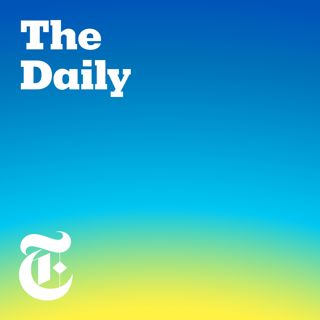Jaksokuvaus
As an American, Sam Anderson knows what it feels like to arrive at a theme park. “The totalizing consumerist embrace,” he writes. “The blunt-force, world-warping, escapist delight.” He has known theme parks with entrances like “international borders” and ticket prices like “mortgage payments.” Mr. Anderson has been to Disney World, which he describes as “an alternate reality that basically occupies its own tax zone.”In November, when Ghibli Park finally opened, Mr. Anderson made sure to get himself there. The park is a tribute to the legendary Studio Ghibli, first started by the animator Hayao Miyazaki in 1985, out of desperation, when he and his co-founders, Isao Takahata and Toshio Suzuki, couldn’t find a studio willing to put out their work.Miyazaki is detail-obsessed. He agonizes over his children’s cartoons as if he were Michelangelo painting the Sistine Chapel, insisting that, although few viewers will be conscious of all this work, every viewer will feel it. And we do. Those tiny touches, adding up across the length of a film, anchor his fantasies in the actual world.And so, after many years, and much traveling — at long last — Mr. Anderson found himself stepping into the wonders of Ghibli Park. His first impression was not awe or majesty or surrender or consumerist bliss. It was confusion.This story was recorded by Audm. To hear more audio stories from publications like The New York Times, download Audm for iPhone or Android. Unlock full access to New York Times podcasts and explore everything from politics to pop culture. Subscribe today at nytimes.com/podcasts or on Apple Podcasts and Spotify.

